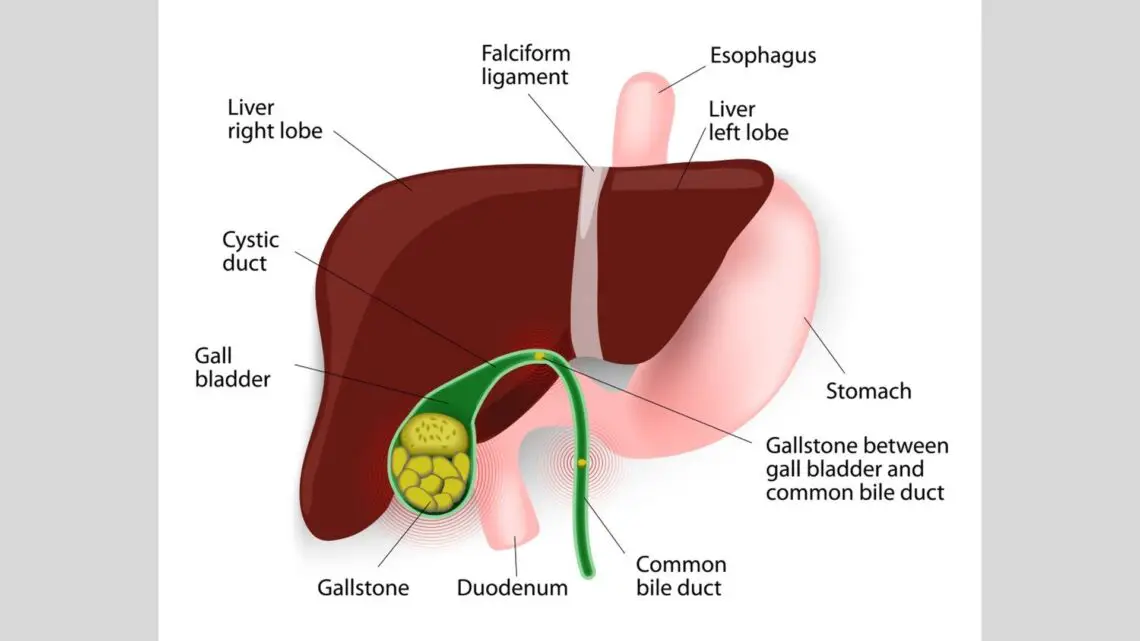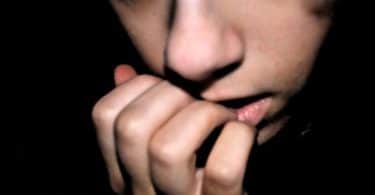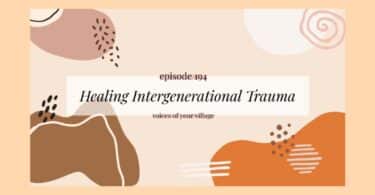In aphorism 5, Hahnemann stated that a homeopath must have complete knowledge of disease process from beginning to end as well as knowledge of case taking, rubric formation and selection of remedy.
Cholesterol is kept in control by bile. The ratio of cholesterol to bile is 1:13. When the amount of bile is diminished, cholesterol tends to precipitate forming a stone. Cholesterol stones are dirty white in color and oval in shape.
The bile gets diminished due to frequent attacks of infection of GB, typhoid bacillus, stasis of bile and increased level of cholesterol. In the beginning, the patient has fullness in upper abdomen after eating which is relieved by vomiting.
Constipation is an associated symptom. In this stage the gall stone is free in GB and not so harmful. When the stone attempts to pass, the pain is marked. The pain starts in the right side of upper abdomen (below the right lung). Shifting to back and right shoulder.
The natural process of expulsion of the stone downward causes severe shooting pain. This is known as biliary colic. It ceases suddenly when the stone passes or slips back.
In these patients, tests can include, blood test for Sr. bilirubin, bile salt and bile pigmentation and cholecystography. Sometimes surgery is advisable. Homeopaths believe in gentle and constructive cure, without unnecessarily removing any body part. The gallstones can be dissolved and the root behind their formation removed. According to homoeopathy, treat the patient as a whole, including his mental and physical sphere and don’t treat a single part of body. Hence the following rubrics were considered.
Case study-A 70-year old man visited me by at 20th may 2015. He consulted me for his 92 years old mother, who had a diagnosed case of acute cholecystitis, cholelithiasis and gall bladder stones. She lived in his native village and was unable to come for consultation.

Her chief complaint was pain in the right side of her abdomen below the last rib. I considered it as rt. Hypochondria as patient was not present to explain the exact location. She used to feel it more after lunch. All her all parameters were normal. It was difficult to find a remedy with so little information.
I decided to explore her life style and behavior.
Her son stated ‘My mother was born and brought up in a poor family. She had 6 siblings. When she was 2 years old, her mother delivered the other child. My mother had to take care of her younger siblings and she never got proper attention or time from her mother.
Later on my mom got married at an early age. After marriage she was always under the control of my grand mother, who compelled my mother to work for whole days without uttering a single word.
My mother is a very simple lady, never demanded fancy clothes or food. She is happy with what she has. She still does all the house work. She’s very punctual about her routine. We have maids to help her but she wants to do all the work by herself in her own way.
She gets panicked because of her age and lack of strength. She feels that nobody should find a single fault in her work. She cares a lot for me and keeps on calling me to confirm if I ate my lunch, took my medicines etc. She is a cheerful person but sometimes she says, Why did God give me such a childhood and such a dominating mother in law.’
I won’t say that was sufficient information, but at least I got a hunch about a remedy.
Graphites, Lycopodium and Staphysagria came up. I never knew the role or indication of Graphites in Chololithiasis. In the M.M. I found that graphites are quiet, unassuming, gentle, matter of fact people, who would be described as ‘normal’ and ‘pleasant’ by most people who knew them.
Graphites is made from carbon, a down-to-earth kind of personality, simple, uncomplicated but emotional. They are innocent but intellectual, tend to say what they think. But they are shy also. They are caring and empathetic, and will generally become distressed when confronted by another’s suffering.
Family life is generally her first love. She is satisfied as long as her personal life is loving and secure, but she can be oversensitive to disharmony in her relationships, and she may become very moody when her parents or her partner does not behave lovingly towards her.
She cannot express her anger verbally as it can make drown her into tears. Hence she is known as a most weepy person. There is irresolution because of fear of making a wrong decision; hence the rubric –‘Fear of misfortune.’
It was enough to justify the remedy but still something was lacking. I added one more rubric to the repertorization. “Ailments from – rejected; being – mother, by ones.
Graphites 30 was given in water. Once a day for 30 days, along with Ceanothus Q* ten drops in half cup of water OD.
*Ceanothus Americanus – is obtained from the shrub Ceanothus americanus belonging to the Buckthorn Family (Rhamnaceae). This plant is also known as New Jersey tea or Red-root. In Homeopathy, it is employed in the treatment of diseases of the spleen and liver. It has been found to be useful in gastric and hepatic complaints. There is pain in liver and back.
Follow ups – 21/ 06/2015 : Pain reduced but still there. Rx: same medicine continued for 30 days.
23/07/2015- Pain was much better. Same medicine continued for 30 days.
Advised Ultrasound
24/08/2015- No pain after eating. She was comfortable.
Conclusion– We might imagine that the elderly patient has low resistance and their disorders cannot be cured. The correct remedy given at the correct time opens up the case.
Three ‘C’ should always be kept in mind-
- Cause of disease
- Condition of patient
- Complications
This case broke two myths. The first is that Homeopathy is a long term therapy and second is that chronic diseases in elderly patients are not curable.







Nice case. Thanks for sharing.
Thanks.
Good case,nicely described
Thanks for sharing
Thanks
Peer feedback
Ma’m
Case result is definitely good, even through this case, even it shows importance of data collection and its processing from attendants if patient, when patient does not sufficiently respond.
Yet it seems repertorisation is not following any heierchy and approach. It could be good if remedy diffferentiation with lyco and staph and selection of 30 potency showed.
Peer feedback
Ma’m
Case result is definitely good, even through this case, even it shows importance of data collection and its processing from attendants if patient, when patient does not sufficiently respond.
Yet it seems repertorisation is not following any heierchy and approach. It could be good if remedy diffferentiation with lyco and staph and selection of 30 potency showed, even role of ceonothus is not clear.
Could you please throw the light on heierchy and approach of repertorisation?
It will help me to understand your suggestion.
Thanks
Excellent case. Plz explain more about role of Ceanothus Q in this case of GB Stone
thanks.
Ceonanthus mother tincture helps in dissolving GB and kidney stones as well it supports liver to maintain normal secretion of liver enzymes( as mentioned in litrature)